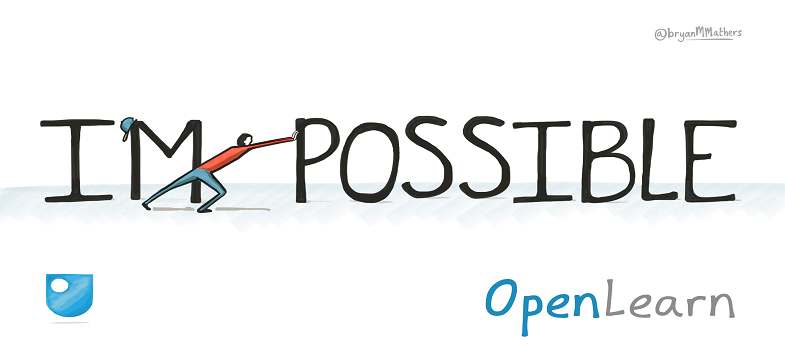5.6 Video and audio
You may find it beneficial to include some video and audio assets in your course, to provide some variety in the overall balance of content and activities. You might want to add videos for guidance, providing learners with a sense of what to expect on the course and to spark their interest, or to present your learners with a ‘human face’ or ‘teacher’ of the course, which would otherwise be lacking in an online learning environment. You might also wish to provide opportunities for learners to hear from colleagues who are experts in the field or people with different perspectives on a particular subject.
One of the key things to remember, whether video or audio, is to keep things brief. Learners in an online environment will rarely tolerate media assets of more than around five minutes, and often prefer them to be much shorter, so the key message you want to deliver needs to be focused and succinct.
Video production can be one of the more expensive and time-consuming elements of course production so you need to ensure video assets add sufficient value to your course. However, not everyone has access to professional camera and sound operators, or editors, or the budget to buy in such expertise. Learners no longer expect all video and audio to be broadcast quality – we’re now all used to seeing and hearing self-filmed content, or Skype interviews, recorded using smartphones or low-cost cameras. One important thing to consider is that learners will be more tolerant of lower quality video as long as the sound is clear and audible – without good sound your asset will be unusable – and of course the content itself needs to engaging and relevant.
If you are going to be the ‘face’ of your course, you will need to be able to present yourself in a friendly and engaging way and you are unlikely to achieve this simply by reading from a script. One option is to write a script that lasts, say, 2–3 minutes and then simply to learn by heart what you have written. If you are more experienced at presenting you could list the key points you need to make and then build your video round these, or (if budget and resources allow) use an autocue. Either way you will need to practise in advance of the filming to be sure about your timing and ensure you’ve covered everything you want to say to get your message across.
Recording audio sequences is much easier, as you can have a script in front of you and simply read from it. However, you still need to imagine you are speaking to your learner, and ensure you come across in an engaging way.
For accessibility, it is advisable to provide transcripts of all video or audio assets, so that the content can be accessed by as many learners as possible. If resources and budget allow, you may also wish to consider providing closed captions for videos.
5.5 Best practice for writing an online course
